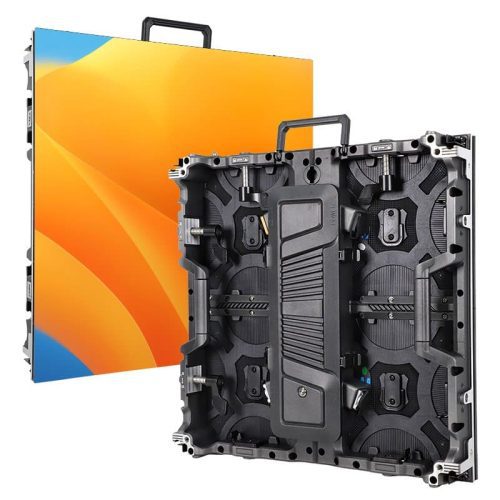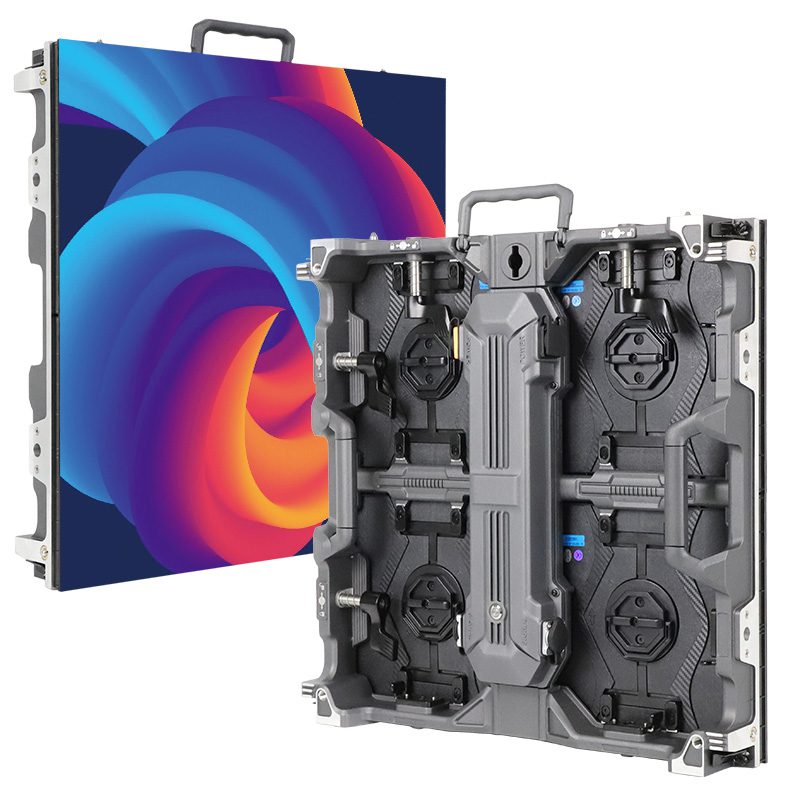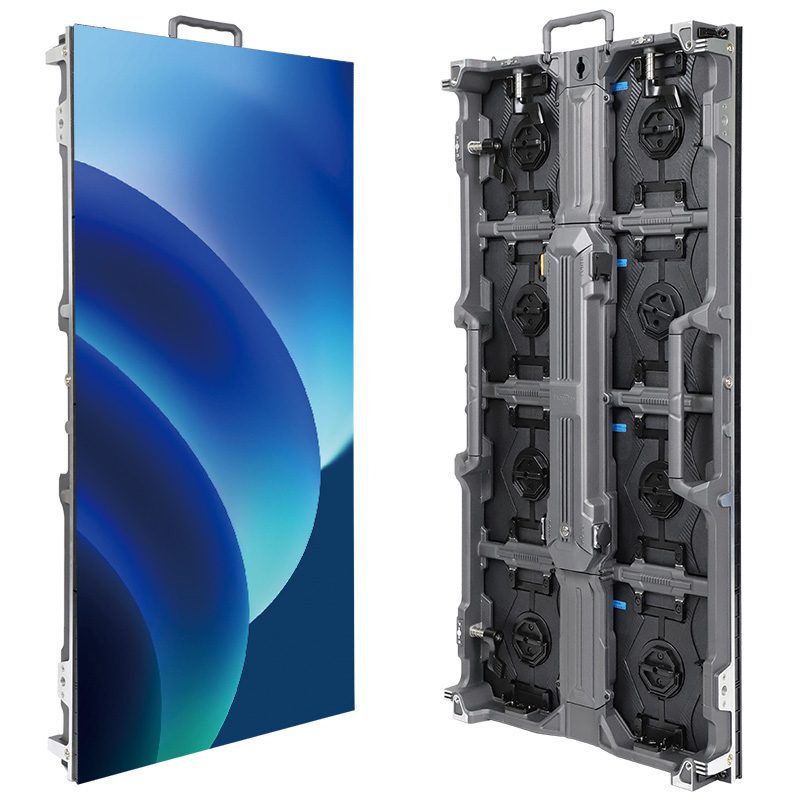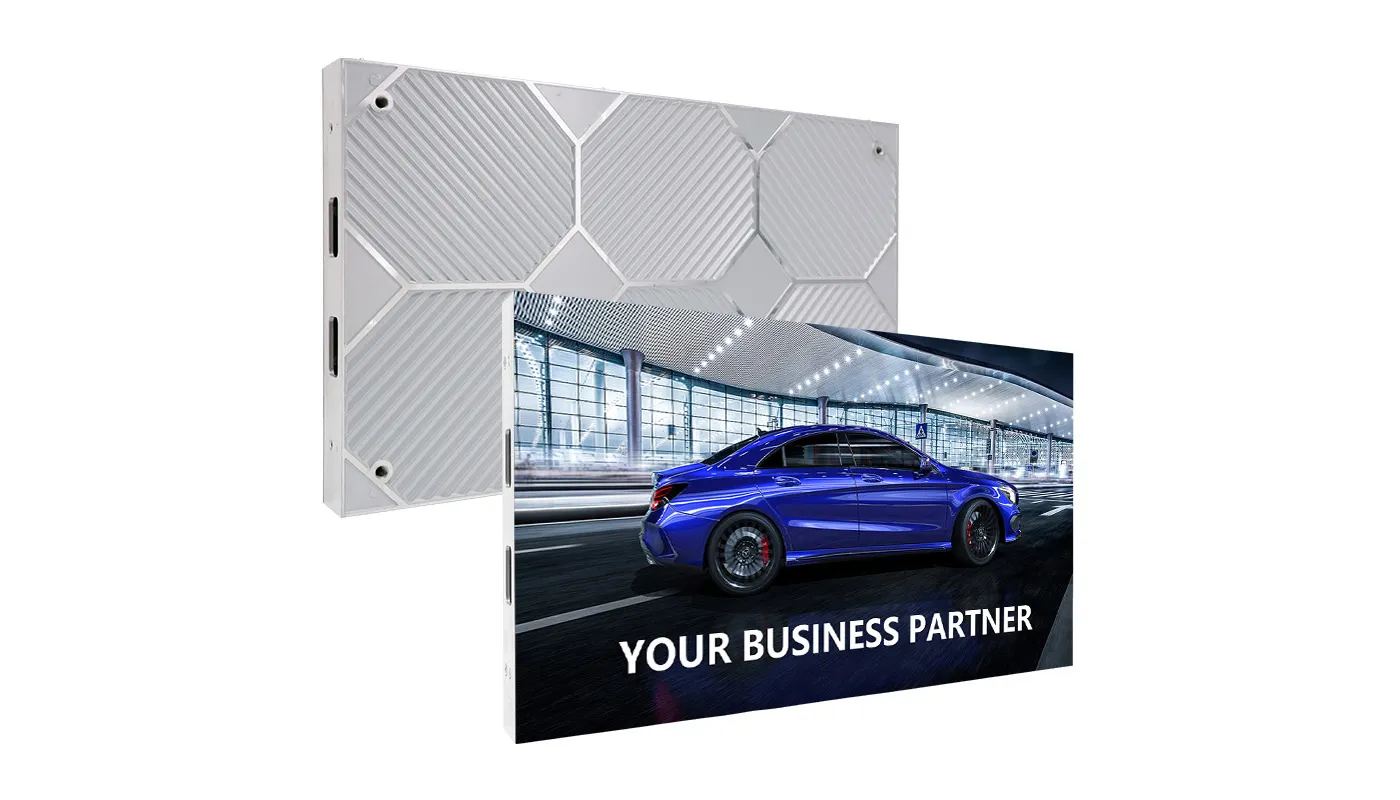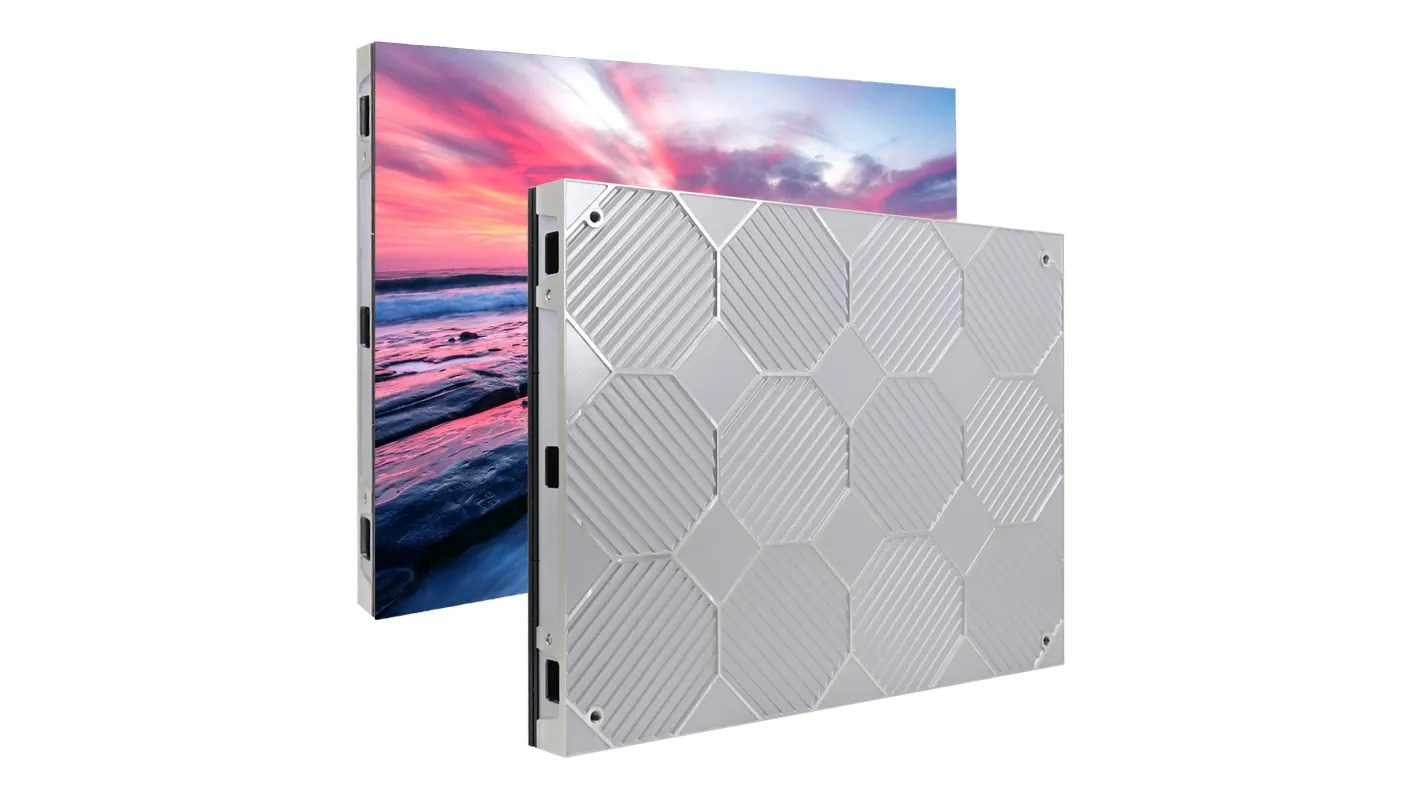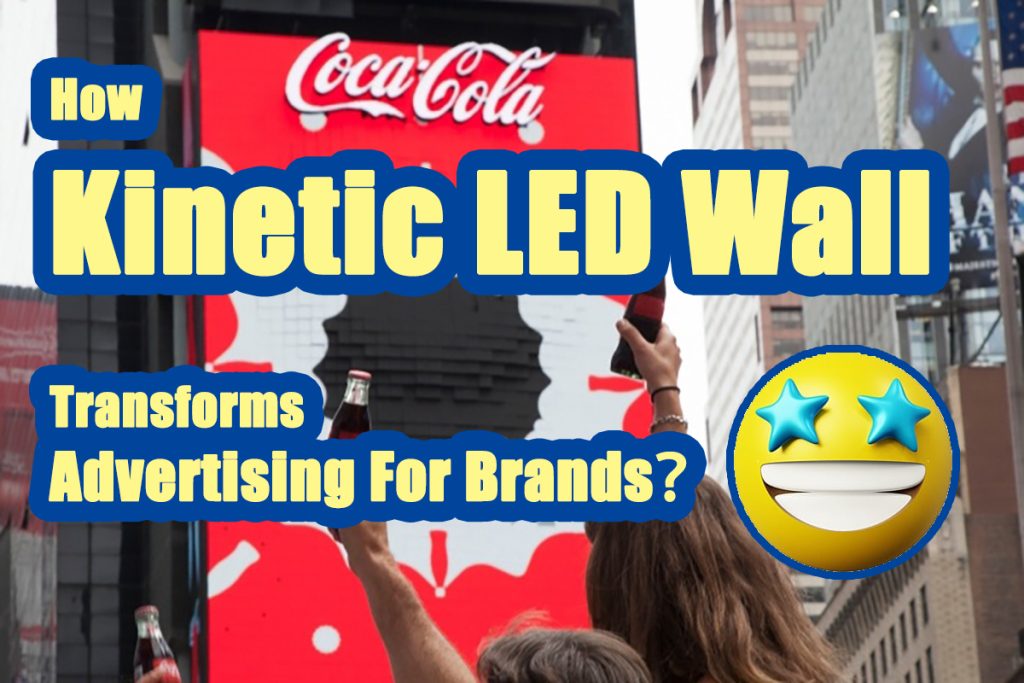Since the advent of digital display technology, LED monitors have transformed how visual presentation is done in any field. The latest LED technologies include the COB LED screen, GOB LED monitor, and 3D LED monitor, each having unique characteristics for various applications and environments.
They have improved the quality, longevity, and flexibility of visual information presentation, ranging from advertisement billboards to interactive entertainment themes.This article explains these newer LED display technologies, their innovations, and the advantages and use cases.
catalogue
- א טיף ונטערטוקנ זיך אין אַלץ ווייַז: געפירט ווייַז טעכנאָלאָגיע
- COB געפירט פאַרשטעלן: רעוואַלושאַנייזינג פיין-פּיטש געפירט טעכנאָלאָגיע
- GOB געפירט סקרין: די צוקונפֿט פון געפירט ווייַז פּראַטעקשאַן
- אַדוואַנסמאַנץ אין געפירט ווייַז לידינג די צוקונפֿט פון דיגיטאַל מעדיע
- GOB געפירט סקרינז: אַ שפּיל-טשאַנגער אין געווער
- די 3 ד געפירט סקרינז און די צוקונפֿט פון וויסואַל סטאָריטעלינג
- ענערגיע יפעקטיוונאַס און סאַסטיינאַביליטי אין COB, GOB און 3D געפֿירט סקרינז
- סאָף
A Deep-Dive into Everything Display: LED Display Technology
Before diving into the nitty-gritty of COB, GOB, and 3D LED displays, let us first look at how LED technology has evolved.
Earlier-generation LED displays were based primarily on individual diodes soldered to circuit boards, leading to issues including pixel damage, limited viewing angles, and reaction to outside elements.
Over time, improved encapsulation methods for LEDs and pixel integration have made display products more robust and higher performing.
COB LED Screen: Revolutionising Fine-Pitch LED Technology
COB LED screen or(Chip-on-Board) is a leading-edge LED display technology in which multiple LED chips are directly mounted on a substrate without packaging. The technology enables much finer pitch displays to be brought outdoors, ruggedised, on which the visual performance is far improved.Click to learn more what is a COB LED screen>>
Advantages of COB LED Screen
●Higher robustness: Due to their encapsulated nature, COB technology enhances the durability of the board by displaying features such as resistance to physical damage, dust, and water.
●Better Heat Dissipation: This results in better heat efficiency due to LED chips being in direct contact with the substrate and minimised risk of overheating with extended longevity.
●Better visual quality: With a COB LED display, high resolution is represented without glitches, zero colour redundancy, and a better contrast ratio.
●Powering: Because of its lower power consumption compared to SMD (Surface-Mounted Device) LED displays, COB screens are cost-effective in the long run.
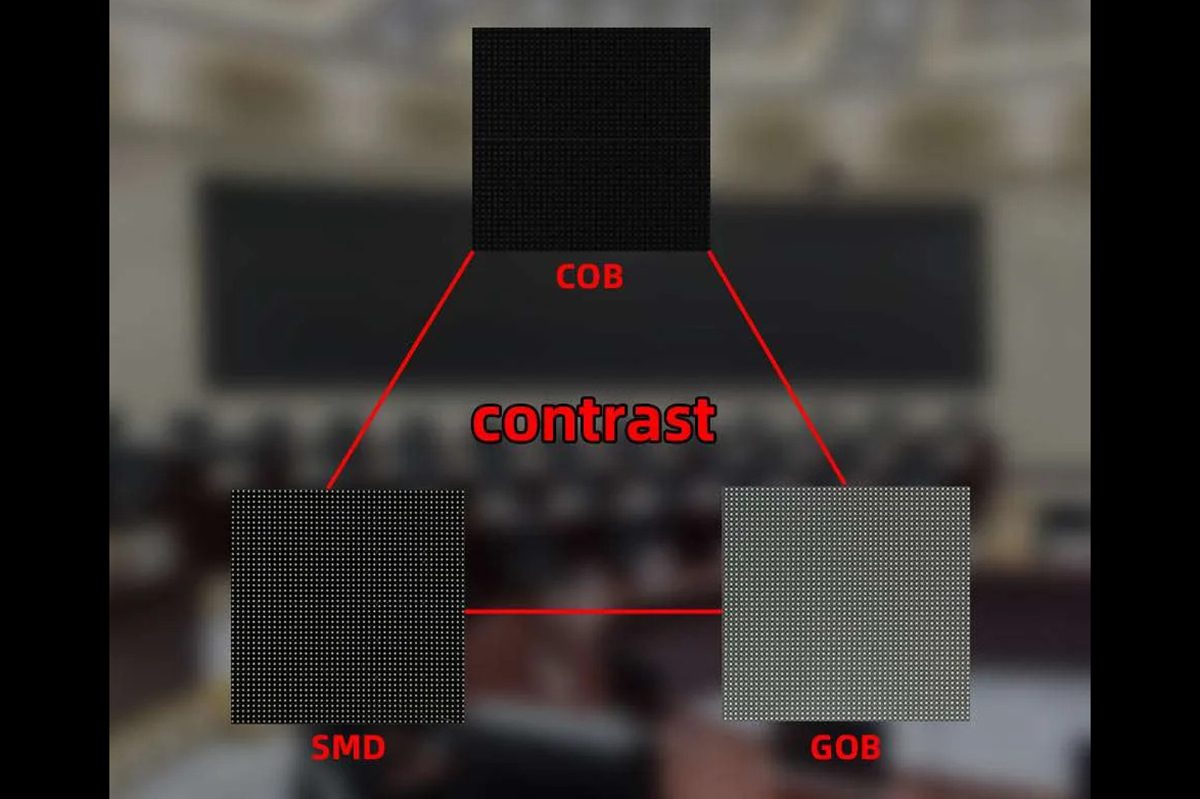
Uses of COB LED Screen
COB LED screens are widely used in high-end applications with high reliability and high-perfection images. Here are some of the most important uses:
●Broadcast production spaces in which colour accuracy is critical.
●Control rooms must run 24/7 with as little maintenance as possible.
●High-end retail boutiques with eye-popping visual displays that draw customers in.
●HD screen for in-house company conferences, events & exhibitions.
GOB LED Screen: The Future of LED Display Protection
A GOB, or Glue-On-Board, LED display is a new type of LED display technology that aims to strengthen and solidify the modules of LEDs. In this process, the surface of LEDs is coated with a go-through protective glue varnish to protect against the influence of environmental factors and physical impacts.
Benefits of GOB LED Displays
●Total Defense: Waterproof adhesive cover protects LEDs from water, dirt, and outside damage. GOB technology is best suited for tough conditions.
●More Humidity And Shock Resistant: In contrast to the usual LED display, the GOB display shows much better performance in terms of humidity, accidents, and static electricity.
●Increasing Stability: Glue-sealed structure increases the stability of LED modules, lowers their failure rates, and increases the life of the display.
With their wide view angles, GOB LED monitors show high brightness and colour uniformity, allowing for perfect readability at any location.
Ideal for demanding environments, GOB LED screens are best suited for places where screens are exposed to tough environments. Some of the usual applications include:
●Outdoor billboards where rain and dust exposure are an issue.
●Sports venues and arenas need shock-resistant displays.
●Touch and interactive LED floors+LED walls.
●Transport hubs like airports and rail stations, where the usage of the screens would be heavy.
Get ready to lose yourself in the action like never before with the 3D LED screen offerings.Learn more about the advantages of GOB LED display module >>
Advancements in LED Display Leading the Future of Digital Media
High-resolution and dynamic displays to entertain audiences led display technology to transform digital media in several sectors.
As the era of LED burst forth with technical breakthroughs, innovative displays such as COB LED displays, GOB LED displays, and 3D LED displays emerged to better the visual experience and increase LED panel lifespans. So, the display technologies changed many requirements and ranged from high indoor performance to large outdoor installation.
COB LED Displays Explained – Science Behind It
A COB LED screen is a type of LED display that uses multiple LED chips that are attached directly to a printed circuit board (PCB) without the use of encapsulation. These improvements are further translated into the overall performance, efficiency, and lifetime of LED displays.
In contrast to the traditional SMD LED displays comprising several LEDs assembled separately, COB technology allows placing the light-emitting chips on one substrate, which leads to smooth image quality and higher resistance to damage caused by external forces.
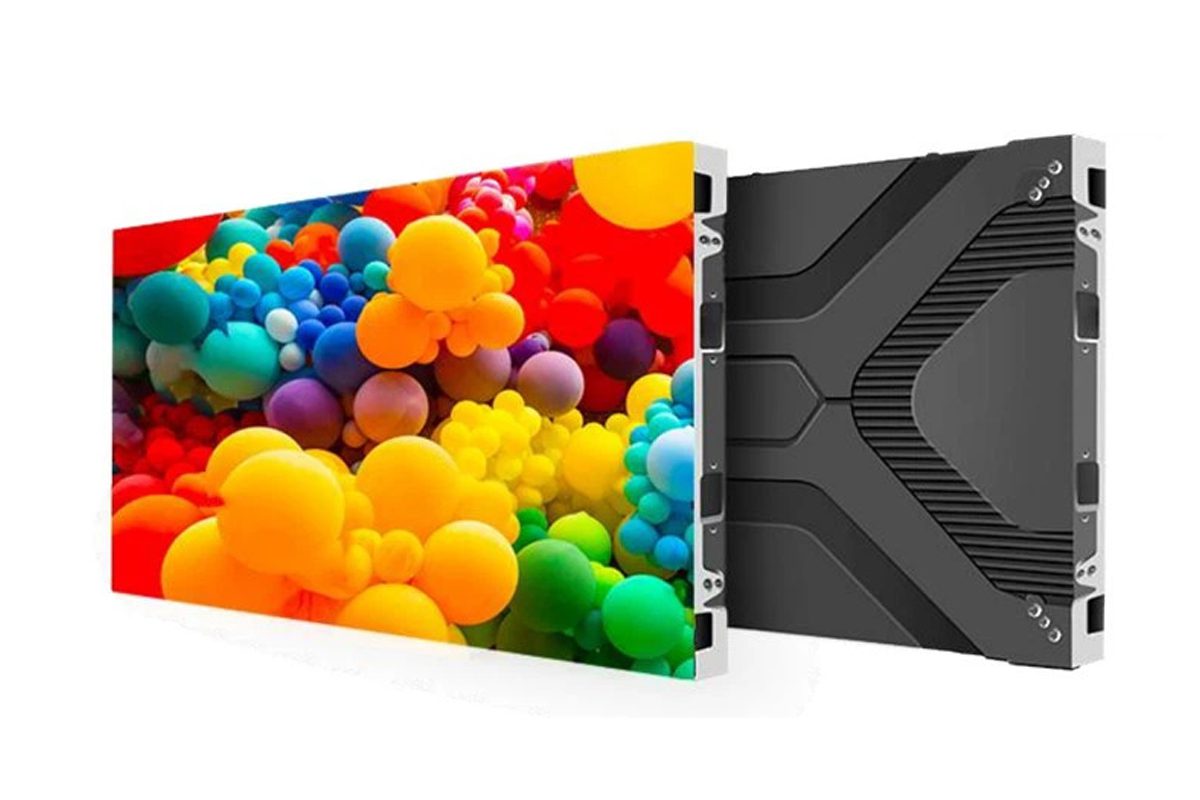
Improved Features of COB Lights
Best Feature Of COB Improved Heat Dispersion With Less Physical Real Estate LEDs on the same assembly narrowly packed radiate high levels of heat which, without suitable confinement, will usually hasten the untimely ageing of the screen.
Such problems are avoided with COB LED screen; the heat can freely dissipate around the entire panel, and there is no such thermal accumulation. This not only prevents burning out the screen but also ensures that the brightness is uniform over an extended period of the display’s life.
Additionally, COB technology reduces the number of usual pixel failures since its direct bonding wiring method requires less maintenance. COB screens are more stable and robust in operation compared to common LED displays, which can cause a failure of a single LED, hence the choice for high-end indoor screens.
GOB LED Screens: A Game-Changer in Durability
The GOB LED screen is manufactured in such a way that it counters the drawbacks of traditional LED screen displays, such as environmental resistance and lifespan. The GOB process simply encapsulates the LEDs with a thick, clear adhesive over the chips arranged as a solid block on the screen display. This makes it highly resistant to external factors such as dust, water and even mechanical stress.
The resistance of GOB technology to hot temperatures and humidity is one of its major advantages. Moisture, low performance, and reduced lifespan are the qualities of standard LED displays outdoors or in extreme weather conditions. GOB LED displays eliminate this problem by completely encapsulating the components under an airtight cover, which provides a higher lifespan.
One more factor is that GOB LED screens are shock-resistant to accidental impact. Ordinary LED panels can be damaged by touch and, therefore, fail when there is constant footfall in stadiums, shopping areas, and airports. GOB screens use protective adhesive films which protect the LED chips and are inextensible and inextricable, thus making them the optimal choice for applications that involve touch or impact.
This extra level of protection does not compromise visual quality. GOB screens, indeed, are better in terms of brightness ratings, colour uniformity, and wide viewing angles as they ensure that the audience sees the best display quality regardless of their position on the display.
The 3D LED Screens and the Future of Visual Storytelling
The arrival of 3D LED screens unlocked a new dimension of visual storytelling, enabling today’s shoppers to experience rich and realistic digital content in true three-dimensional depth without the need for polarised glasses. While traditional 3D display technology requires consumers to wear special attachments, 3D LED screens use advanced optics, pixel engineering, and perspective mapping methods to deliver depth-enriched images that jump out of the screen.Learn more about 3D screen>>
One of the best features of 3D LED displays is the hyper-realistic illusions they can create. Through low and high contrast and perspective, they can deceive the eye into thinking that the images possess some sort of depth perception. Thus, the images seem to hover in the air. It is extremely useful in advertisements and brand promotions where interesting visuals can trigger the audience’s juices and make them remember the brand.
In addition to advertising, 3D LED screens also play a large role in education, gaming, and architecture. That is why schools and universities can now also use these screens to develop life-like learning materials that help students grasp intricate courses such as anatomy, space, and engineering visualisation.
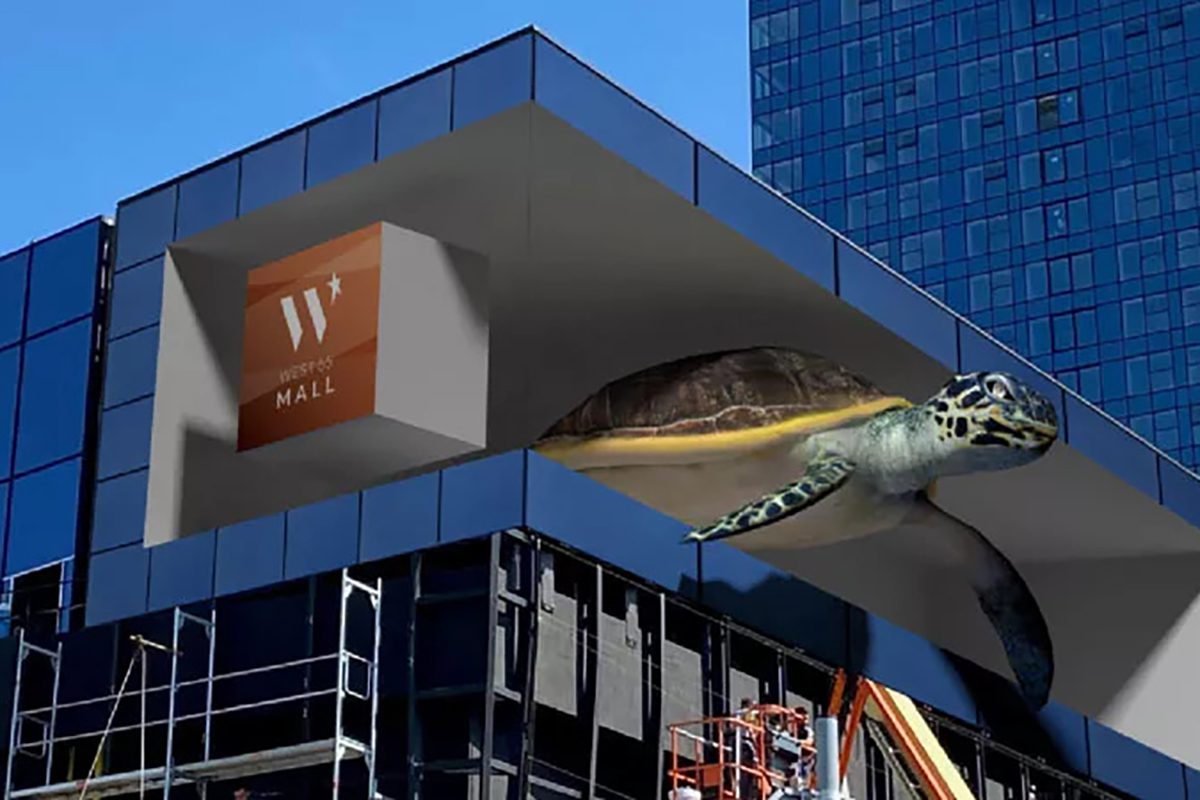
Gaming Visualisation with 3D LED Screens
In the world of gaming, 3D LED technology has elevated the immersive experience of the virtual world to greater heights for gamers. At the same time, architects and property developers utilise 3D LED screens to display models of moving buildings, allowing clients to visualise structures on an extraordinary level.
Due to their dramatic visual traits, 3D LED screens have become a well-liked alternative for various applications, including:
●Shopping and commercial promotions with high submission rates
●Entertainment complexes such as theme parks, concerts and virtual reality centres.
●Business presentations where lucid visual aids help communication.
●About public installations like city squares and landmarked buildings.
●Installation and maintenance of LED display
LED displays require care and proper installation to work properly and last long. You will need to provide solid mounting frames, power supply systems, and air ventilating systems to avoid heating and breakdown of the structure.
Preventive maintenance, such as dust-removing in LED modules and testing faults in pixels, are types of developments that can significantly impact the operational life of such displays (up to a few years in specific cases).
A 3D LED screen is a modern display technology used to produce realistic images with depth, appearing three-dimensional to the naked eye without using special glasses. Using perspective control, parallax effects, and high-definition LED technology, the screens produce stunning visual illusions that mesmerise audiences.Learn more about 3D display solution>>
Benefits of 3D LED Screens
●Captivation Central: The amazing depth that 3D video content has to offer is perfect for advertising, entertainment, or even within an art installation!
●Immersive Experience Without Extra Glasses: Unlike 3D movie screens, which normally require the use of extra glasses, 3D LED screens offer an immersive experience without the need for extra glasses.
●Interactive Dynamic Contents: The screens support interactive and animated content, making them perfect for brand advertisements and storytelling.
●Increased Audience Engagement: In addition, the full effects are eye-catching, which is why 3D LED screens have a higher level of audience engagement and memorisation.
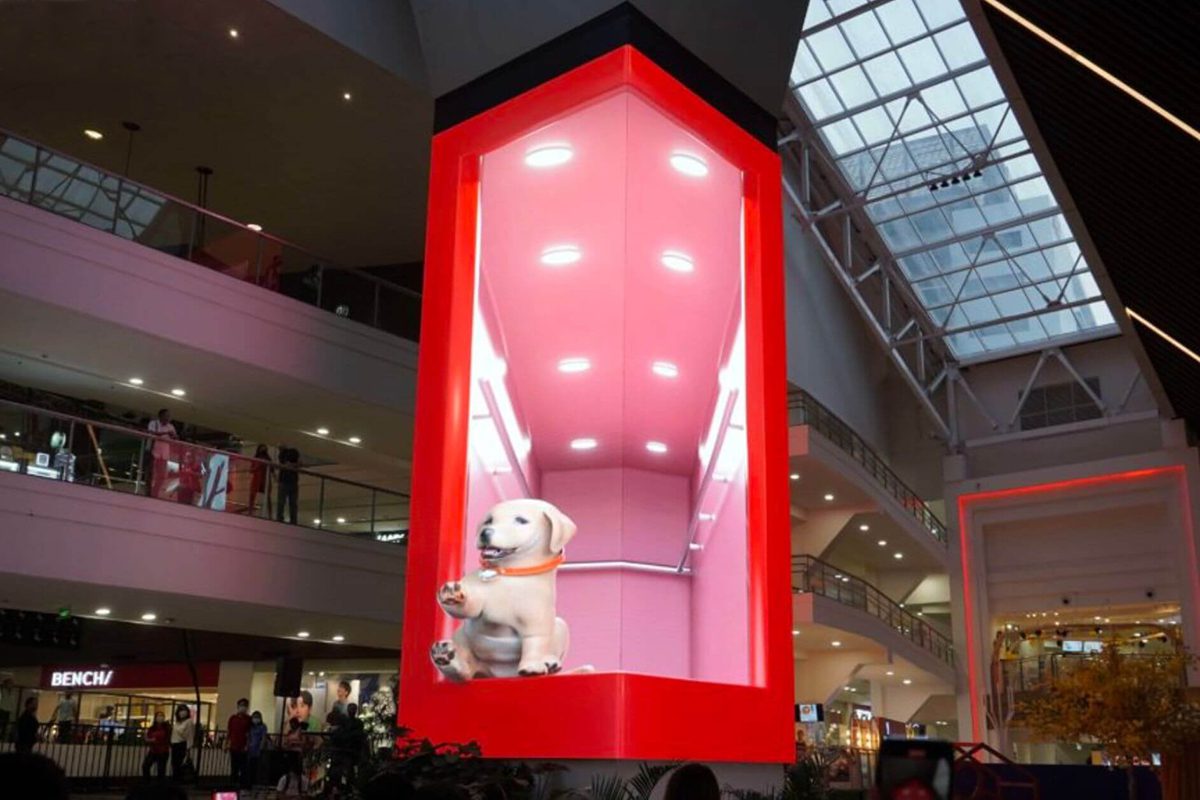
Applications Of 3D LED Screens
Due to their dramatic visual traits, 3D LED screens have become a well-liked alternative for various applications, including:
●Shopping and commercial promotions with high submission rates
●Entertainment complexes such as theme parks, concerts and virtual reality centres.
●Business presentations where lucid visual aids help communication.
●About public installations like city squares and landmarked buildings.
●Installation and maintenance of LED display
LED displays require care and proper installation to work properly and last long. You will need to provide solid mounting frames, power supply systems, and air ventilating systems to avoid heating and breakdown of the structure.
Preventive maintenance, such as dust-removing in LED modules and testing faults in pixels, are types of developments that can significantly impact the operational life of such displays (up to a few years in specific cases).
Energy Effectiveness & Sustainability in COB, GOB & 3D LED Screens
As demand for LED screens continues to expand, so too does the importance of energy efficiency and sustainability. While COB LED screen, GOB LED screen, and 3D LED screen,are three types of technology, each eliminates energy efficiency without diminishing the enhanced visual performance.
Because their direct bonding improves heat spreading and reduces the power needed from external cooling systems, border LED screens also consume less power than traditional LED screens. Resulting in lower energy costs and less carbon emission. COB technology provides an economical solution for businesses and organisations that need a green display.
Likewise, GOB LED screens are also sustainable because of their long service life and robustness to the environment. Because they need less replacement or repair, GOB monitors also contribute to reducing e-waste, a critical aspect of environmental protection.
Energy Savings Paramount Feature
Due to their sophisticated technology, 3D LED displays are also designed to save energy in order to maximise brightness and image quality , with about 90% of the energy used in etchings. The levelling of high-interactivity and engagement levels.
Traditional LED displays were much consumed by businesses, causing them to bring a bunch of spare parts in every once in a while. New and greener energy-efficient LED modules and smart power management systems are in demand by businesses to increase the optimisation power of 3D LED displays.
All of that is pretty good, but it is also one of the strengths of the latest LED display technology: the capability to cover a wide range of applications and industries. Whether it is a COB LED screen in a luxury retail environment, a GOB LED screen for an outdoor event, or a 3D LED screen for a contemporary advertising campaign, the design versatility offered by these displays is truly unparalleled.
As an example, COB LEDs can be produced with ultrathin pixel pitches, so they are suitable for expensive applications that need pure images and cleanliness. This precision is equivalent to the precision needed in medical imaging, command centres, and luxury showrooms where cleanliness and precision are priorities.
Conclusion
AI and automation often power LED display systems. From programming content to adjusting brightness, AI-driven software maximises the function and power of COB LED screen, GOB LED displays and 3D LED displays. Please consult with experts in this area who are knowledgeable in customisation features and flexibility in LED displays.


